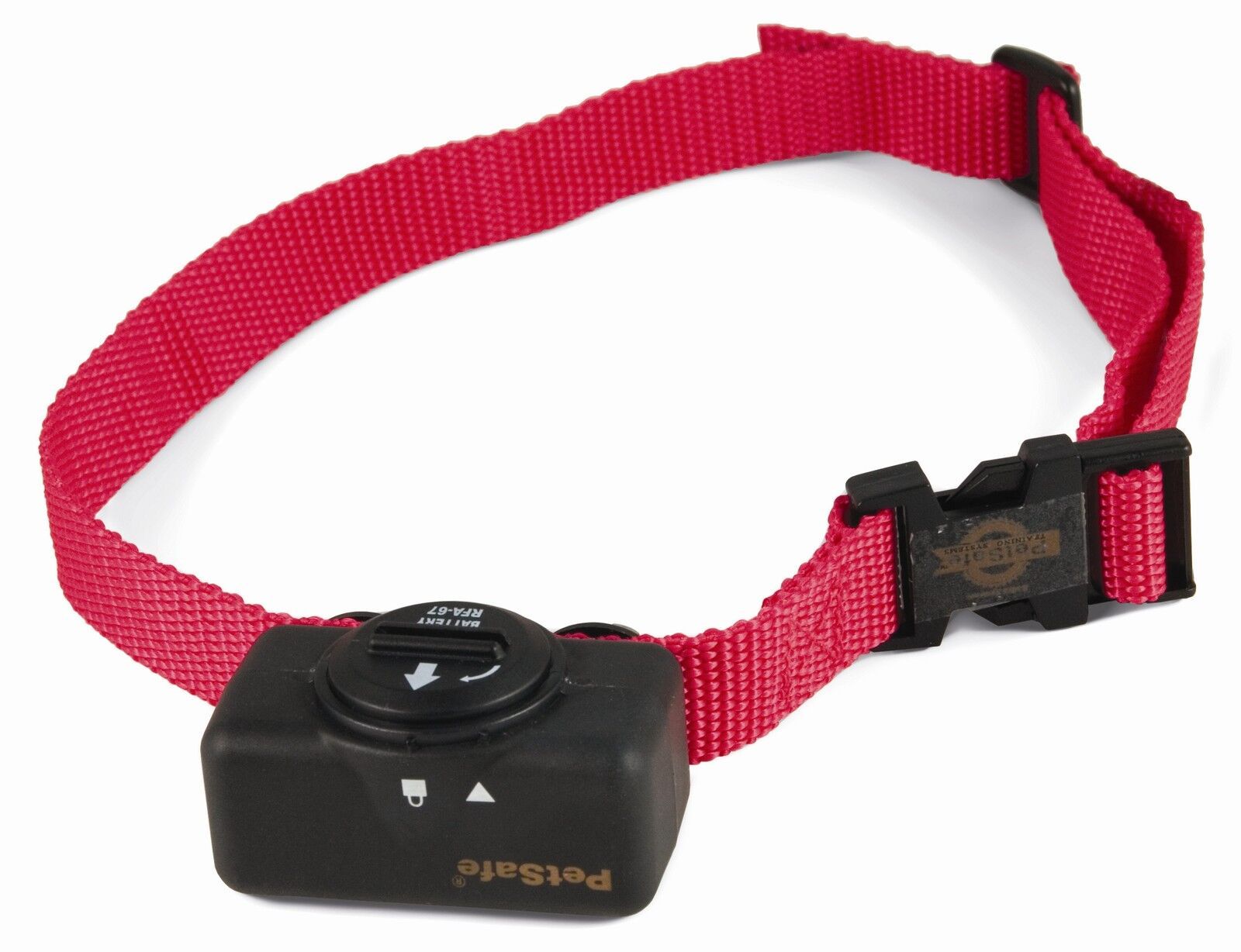

Articles
Why Is My Invisible Fence Beeping
Modified: March 25, 2024
Discover why your invisible fence is beeping and how to resolve the issue. Read our informative articles to understand the common causes and troubleshooting tips.
(Many of the links in this article redirect to a specific reviewed product. Your purchase of these products through affiliate links helps to generate commission for Storables.com, at no extra cost. Learn more)
Introduction
Welcome to an article that aims to provide you with insights and solutions for a common issue with invisible fences – the beeping sound. If you’ve noticed your invisible fence system emitting a persistent beep, don’t worry, you’re not alone. Understanding why your invisible fence is beeping is essential to keeping your pet safe and your system functioning optimally.
Invisible fences, also known as underground or electric fences, are a popular choice for pet owners looking to contain their furry friends within their property boundaries. These fences work by using a boundary wire that is buried underground and a collar receiver that your pet wears. The boundary wire emits a radio signal, and if your pet approaches the perimeter, the collar receiver delivers a corrective static correction to discourage them from crossing the line.
While invisible fences are effective and convenient, occasional beeping can indicate an issue that needs attention. In this article, we’ll explore the common reasons for beeping in invisible fences and guide you through troubleshooting steps to resolve the problem.
So, let’s dive into the world of invisible fences and understand why they sometimes emit that persistent beep!
Key Takeaways:
- Regularly checking and replacing the collar receiver batteries, inspecting the boundary wire, and testing the collar receiver are essential steps to troubleshoot and resolve the beeping in your invisible fence system, ensuring your pet’s safety and containment.
- Addressing interference issues caused by electronic devices and seeking professional assistance when needed are crucial for maintaining the optimal functioning of your invisible fence system, providing a secure environment for your furry companion.
Read also: 9 Amazing Invisible Fence For 2024
Understanding the Invisible Fence
Before we delve into the reasons why your invisible fence might be beeping, let’s take a closer look at how these fences work. An invisible fence system consists of two main components: the boundary wire and the collar receiver.
The boundary wire is buried underground around the perimeter of your property or the designated area you want to contain your pet. This wire emits a radio signal that creates an invisible boundary. When your pet approaches the boundary, the collar receiver picks up the signal, triggering a warning beep. If your pet continues to move closer to or crosses the boundary, the collar delivers a static correction to deter them from going any further.
It’s important to note that invisible fences are not physical barriers like traditional fences. Instead, they rely on the training and conditioning of your pet to respect the boundary. With consistent training, pets quickly learn to associate the warning beep with the restricted area and avoid crossing it.
Invisible fences offer several advantages over traditional fences. They are less visually intrusive and can be installed in areas where physical fences may not be feasible or allowed. Invisible fences also provide a larger area for your pet to roam freely while still keeping them safely contained within the boundaries.
Now that we have a better understanding of how invisible fences work, let’s explore the potential reasons behind the beeping sound.
Common Reasons for Beeping
When you hear your invisible fence system beeping, it’s important to identify the underlying cause to address the issue promptly. Here are some common reasons why your invisible fence might be emitting a beeping sound:
- Low Battery Warning: One of the most common reasons for the beeping sound is a low battery in the collar receiver. The beeping indicates that the battery is running low and needs to be replaced. It’s essential to follow the manufacturer’s guidelines for battery replacement to ensure proper functionality of the fence system.
- Break in the Boundary Wire: Another reason for the beeping could be a break or damage in the boundary wire. If the system detects a break in the wire, it will emit a warning beep to alert you of the issue. Inspect the boundary wire carefully for any signs of damage, such as cuts, breaks, or exposed wires. Repair or replace the wire if necessary to restore the integrity of the system.
- Faulty Collar Receiver: A malfunctioning collar receiver can also be the cause of the beeping sound. If the receiver is not functioning correctly, it may emit a continuous beep as a warning. Check the collar receiver for any visible damage or signs of water intrusion. If you suspect that the receiver is faulty, consult the manufacturer or contact customer support for further assistance.
- Interference from Other Devices: Sometimes, the beeping sound can be triggered by interference from other electronic devices in the vicinity. Wireless routers, cordless phones, or even nearby invisible fence systems operating on the same frequency can cause signal disruption. Try relocating or adjusting the position of such devices to minimize interference and resolve the beeping issue.
These are the most common reasons why your invisible fence might be beeping. Now that you have an overview of the potential causes, let’s explore the troubleshooting steps to resolve the beeping sound and ensure that your invisible fence functions smoothly.
Low Battery Warning
One of the most common reasons for the beeping sound in an invisible fence system is a low battery warning in the collar receiver. The collar receiver is powered by batteries, and when the battery charge drops below a certain level, the system emits a beeping sound to alert you that it’s time to replace the batteries.
Here are the steps you can take to address the low battery issue:
- Check the battery type: Consult the manufacturer’s instructions or look at the collar receiver to determine the type of batteries required. It’s important to use the recommended batteries to ensure optimal performance and compatibility.
- Remove the collar receiver: Remove the collar receiver from your pet’s neck. This will prevent any accidental shocks during the battery replacement process.
- Open the battery compartment: Locate the battery compartment on the collar receiver. Typically, it can be accessed by sliding or rotating a cover.
- Replace the batteries: Remove the old batteries and replace them with fresh ones, ensuring that you insert them according to the polarity markings indicated inside the battery compartment.
- Close the battery compartment: Once the new batteries are in place, securely close the battery compartment to prevent moisture or debris from entering.
- Test the collar receiver: Before placing the collar back on your pet, it’s important to test the functionality. Hold the collar receiver in your hand and walk towards the boundary wire. The receiver should emit a warning beep at the appropriate distance. If everything is working correctly, you can put the collar back on your pet and resume using the invisible fence.
Regularly monitoring the battery level and replacing them as needed will ensure consistent and reliable performance from your invisible fence system, preventing any potential escapes or unexpected beeps.
Now that you’re familiar with how to address the low battery warning, let’s move on to the next potential cause – a break in the boundary wire.
Break in the Boundary Wire
A break in the boundary wire is another possible reason why your invisible fence system may be beeping. The boundary wire is a crucial component of the system, as it creates the invisible boundary that your pet is trained to respect. If there is a break or damage in the wire, the system will emit a warning beep to alert you of the issue.
Here are the steps you can take to address a break in the boundary wire:
- Turn off the system: Start by turning off the power to the invisible fence system. This ensures your safety during the inspection and repair process.
- Locate the break: Carefully inspect the boundary wire, visually inspecting it for any breaks, cuts, or damage. Look for any exposed wires, loose connections, or signs of wear and tear.
- Determine the location: If you have a break in the wire, try to determine the exact location of the break. It can be helpful to use a wire tracker or signal tester, following the wire’s path until the signal is lost or weak.
- Repair or replace the wire: Once you’ve located the break, you can proceed with repairing or replacing the damaged section of the boundary wire. If the break is minor, you can use wire splice connectors or waterproof electrical tape to reconnect the wire. If the damage is extensive, it may be necessary to replace the entire section of wire.
- Bury the wire: Once the repair or replacement is complete, make sure to bury the wire back in the ground at the same depth as before. This protects the wire from damage caused by lawn equipment or environmental factors.
- Test the system: After repairing the wire, turn the power back on and test the system. Walk towards the boundary wire with the collar receiver, ensuring that the beep and static correction are functioning properly at the appropriate distance from the wire.
Regularly inspecting the boundary wire for any signs of damage will help you identify and address any breaks promptly. By maintaining the integrity of the boundary wire, you can ensure that your invisible fence system functions effectively and keeps your pet safe within the set boundaries.
Now that you know how to address a break in the boundary wire, let’s move on to the next potential cause of beeping – a faulty collar receiver.
Read more: Why Is My Surge Protector Beeping
Faulty Collar Receiver
A faulty collar receiver can be a possible cause of the beeping sound in your invisible fence system. If the collar receiver is not functioning correctly, it may emit a continuous beep as a warning. Proper functioning of the collar receiver is crucial for the effectiveness of the invisible fence system.
Here are the steps you can take to address a faulty collar receiver:
- Inspect the collar receiver: Begin by visually inspecting the collar receiver for any visible damage or signs of water intrusion. Check the collar strap for wear and tear, ensuring that it is securely attached to the receiver. If you notice any issues, such as a cracked casing or water damage, it is likely that the collar receiver needs to be replaced.
- Contact customer support: If the collar receiver appears to be in good condition, but you suspect that it is faulty, reach out to the manufacturer’s customer support for further guidance. Explain the issue you’re experiencing and provide any relevant details about the collar receiver, such as the model number or purchase date.
- Follow manufacturer instructions: The manufacturer’s customer support team may provide troubleshooting steps specific to your collar receiver model. Follow their instructions carefully to diagnose and potentially resolve the issue. They may also suggest returning the faulty collar receiver for repair or replacement under warranty, if applicable.
- Consider professional help: If the troubleshooting steps don’t resolve the problem or if you’re uncomfortable performing advanced troubleshooting, consider seeking assistance from a professional. An expert can assess the collar receiver and provide the necessary repairs or replacements to ensure it functions correctly.
It’s important to address a faulty collar receiver promptly to maintain the effectiveness of your invisible fence system. A properly functioning collar receiver ensures that your pet receives the necessary warnings and deterrents to stay within the designated boundaries.
Now that you understand how to address a faulty collar receiver, let’s move on to the next potential cause of beeping – interference from other devices.
Interference from Other Devices
Interference from other electronic devices can also be a reason why your invisible fence system is beeping. Wireless routers, cordless phones, and even nearby invisible fence systems operating on the same frequency can cause signal disruption, leading to spurious beeping.
Here are some steps you can take to address interference issues:
- Identify potential sources of interference: Start by identifying any electronic devices that may be causing interference. Common culprits include wireless routers, cordless phones, baby monitors, and even certain LED lights. It’s worth noting that interference can occur if these devices are in close proximity to the invisible fence system.
- Relocate or adjust devices: If possible, try moving or adjusting the position of the devices that could be causing interference. Sometimes, a small distance or repositioning can minimize or eliminate the interference. Keep these devices as far away from the boundary wire and collar receiver as possible.
- Change frequencies: Some invisible fence systems offer multiple frequency settings to help mitigate interference. Check your system’s user manual or contact the manufacturer to see if there are different frequency options available. Switching to a different frequency can help reduce the likelihood of interference from nearby devices.
- Consult with an expert: If you have tried troubleshooting the interference issue without success, it may be helpful to consult with a professional. They can assess your property for potential sources of interference and provide recommendations on how to minimize or eliminate them. They may also suggest using additional equipment, such as signal filters or signal boosters, to enhance the performance of the invisible fence system.
By addressing interference issues, you can ensure the smooth operation of your invisible fence system and prevent false beeping that can confuse and frustrate your pet.
Now that you understand how to address interference from other devices, let’s move on to the troubleshooting steps for addressing the beeping in your invisible fence system.
If your invisible fence is beeping, it may indicate a low battery in the collar or a break in the boundary wire. Check the collar battery and inspect the wire for any damage or breaks.
How to Troubleshoot the Beeping
When your invisible fence system is beeping, it’s important to troubleshoot the issue to identify and resolve the underlying cause. Here are some steps you can take to troubleshoot the beeping in your invisible fence system:
- Check for a low battery: The first step is to check the battery level in the collar receiver. If the batteries are running low, replace them with fresh ones, following the manufacturer’s instructions.
- Inspect the boundary wire: Visually inspect the boundary wire for any breaks, cuts, or damage. If you find any, repair or replace the damaged section of the wire to restore the integrity of the system.
- Examine the collar receiver: Inspect the collar receiver for any visible damage or signs of water intrusion. If you suspect that the collar receiver is faulty, contact customer support for further assistance or consider consulting a professional.
- Check for interference: Identify any electronic devices that may be causing interference with the invisible fence system. Relocate or adjust the position of these devices, or consider changing frequencies if your system allows it.
- Perform a system reset: If none of the above steps resolve the beeping issue, try performing a system reset. Consult the manufacturer’s instructions for your specific system to learn how to reset it properly.
- Consult with customer support: If you have followed the troubleshooting steps and the beeping issue persists, reach out to the manufacturer’s customer support for further assistance. They will be able to provide guidance based on your specific system and help you resolve the issue.
By systematically troubleshooting the beeping issue, you can identify and address the underlying cause, ensuring the efficient and effective operation of your invisible fence system.
Now that you have a comprehensive understanding of how to troubleshoot the beeping, let’s move on to specific steps you can take to resolve the common causes we discussed earlier.
Replacing Batteries
Replacing the batteries in the collar receiver is an important step in maintaining the proper functioning of your invisible fence system. When the battery charge drops below a certain level, the system emits a beeping sound to alert you that it’s time to replace the batteries. Here’s how you can replace the batteries:
- Turn off the system: Before replacing the batteries, it’s crucial to turn off the power to the invisible fence system. This ensures your safety and prevents any accidental shocks during the process.
- Remove the collar receiver: Carefully remove the collar receiver from your pet’s neck to access the battery compartment. This prevents any accidental triggering of the system while you work on replacing the batteries.
- Open the battery compartment: Locate the battery compartment on the collar receiver. Depending on the model, you may need to slide or rotate a cover to access the batteries. Follow the manufacturer’s instructions for your specific collar receiver model.
- Replace the batteries: Remove the old batteries from the compartment and replace them with fresh ones. Make sure to insert the new batteries according to the polarity markings indicated inside the compartment. Using the correct battery type and following the manufacturer’s guidelines is essential for optimal performance.
- Close the battery compartment: Once the new batteries are in place, securely close the battery compartment. This helps protect the batteries from moisture and debris, ensuring their longevity.
- Test the collar receiver: Before putting the collar back on your pet, it’s important to test the functionality of the collar receiver. Hold the collar receiver in your hand and walk towards the boundary wire. The receiver should emit a warning beep at the appropriate distance, indicating that the batteries are working correctly.
Regularly checking and replacing the batteries as needed will help maintain the reliability and effectiveness of your invisible fence system. Remember to refer to the manufacturer’s instructions for specific guidelines on battery replacement and follow the recommended maintenance schedule.
Now that you understand how to replace the batteries, let’s move on to the next step in troubleshooting – checking the boundary wire.
Read more: Why Is My Security Camera Beeping
Checking the Boundary Wire
Checking the boundary wire is an essential step in troubleshooting your invisible fence system. A break or damage in the wire can cause the system to emit a beeping sound and may lead to ineffective containment of your pet. Here’s how you can check the boundary wire:
- Turn off the system: Begin by turning off the power to the invisible fence system. This ensures your safety during the inspection process.
- Visually inspect the wire: Carefully examine the boundary wire for any signs of damage, breaks, cuts, or wear and tear. Look for any exposed wires or loose connections. Pay close attention to areas where the wire may be above ground, such as around trees or driveways, as they are more susceptible to damage.
- Use a wire tracker or signal tester: If you suspect a break, but can’t find it visually, you can use a wire tracker or signal tester. These tools help you trace the path of the wire and locate any breaks or interruptions in the signal.
- Repair or replace the wire: Once you’ve identified a break or damage in the boundary wire, you’ll need to repair or replace the affected section. For minor breaks, you can use wire splice connectors or waterproof electrical tape to reconnect the wire. If the damage is extensive, it may be necessary to replace the entire section of wire.
- Bury the wire: After repairing or replacing the wire, make sure to carefully bury it back in the ground. Burying the wire at the appropriate depth protects it from damage caused by lawn equipment or environmental factors.
- Test the system: After completing the wire inspection and repair, turn the power back on and test the system. Walk towards the boundary wire with the collar receiver, ensuring that the beep and static correction are functioning properly at the appropriate distance from the wire.
Regularly inspecting the boundary wire for any signs of damage and promptly addressing any breaks will help maintain the effectiveness of your invisible fence system. Remember to follow the manufacturer’s guidelines and recommended maintenance schedule.
Now that you know how to check the boundary wire, let’s move on to the next troubleshooting step – testing the collar receiver.
Testing the Collar Receiver
Testing the collar receiver is crucial to ensure that it functions properly and delivers the necessary warnings and corrections to your pet. If the collar receiver is not working correctly, it can lead to ineffective containment. Here’s how you can test the collar receiver:
- Turn off the system: Begin by turning off the power to the invisible fence system. This ensures your safety during the testing process.
- Remove the collar receiver: Carefully remove the collar receiver from your pet’s neck to conduct the test. This prevents any accidental corrections or shocks during the testing process.
- Hold the collar receiver: Hold the collar receiver in your hand and hold it at the same level as your pet’s neck. Make sure to keep a firm grip on the collar receiver to prevent it from getting loose or falling.
- Walk towards the boundary wire: Slowly walk towards the boundary wire, holding the collar receiver out in front of you. As you approach the boundary, the collar receiver should emit a warning beep at the appropriate distance. This beep serves as a reminder to your pet to stay away from the boundary.
- Observe the collar receiver’s response: Pay attention to the collar receiver’s response when you reach the boundary. It should deliver a static correction to simulate the deterrent that your pet would experience if they attempted to cross the boundary.
- Assess the collar receiver’s functionality: During the test, ensure that the collateral receiver emits the warning beep at the appropriate distance and delivers the static correction as expected. Additionally, check for any signs of malfunction, such as inconsistent beeping or incorrect static corrections.
- Repeat the test at various locations: Conduct the test at multiple points along the boundary wire to ensure that the collar receiver consistently responds and functions properly throughout the entire perimeter.
- Put the collar receiver back on your pet: Once you have completed the testing and confirmed that the collar receiver is functioning correctly, securely put the collar back on your pet’s neck for regular usage. Ensure that it fits snugly and comfortably.
Regularly testing the collar receiver helps ensure that it is delivering the necessary warnings and deterrents to your pet, thereby maintaining the effectiveness of the invisible fence system. If you notice any issues during the testing, such as malfunctioning or inconsistent responses, contact the manufacturer’s customer support for further assistance or seek professional help if necessary.
Now that you know how to test the collar receiver, let’s move on to the last troubleshooting step – addressing interference issues.
Addressing Interference Issues
Interference from other electronic devices can disrupt the proper functioning of your invisible fence system, leading to false beeping and potential containment issues. Taking steps to address interference is crucial for ensuring the system works effectively. Here are some ways to address interference issues:
- Identify potential sources of interference: Begin by identifying any electronic devices that may be causing interference. Common sources include wireless routers, cordless phones, and baby monitors. It’s important to note that other nearby invisible fence systems operating on the same frequency can also cause interference.
- Relocate or adjust devices: If possible, try moving or adjusting the position of the devices that may be causing interference. Sometimes, a small distance or repositioning can minimize or eliminate the interference. Keep these devices as far away from the boundary wire and collar receiver as possible.
- Change frequencies: Some invisible fence systems offer multiple frequency settings to help mitigate interference. Consult your system’s user manual or contact the manufacturer to see if different frequency options are available. Switching to a different frequency can reduce the likelihood of interference from nearby devices or fence systems.
- Use signal filters or boosters: Signal filters or boosters can help reduce or eliminate interference caused by nearby electronic devices. These devices work by amplifying the signal of the invisible fence system while filtering out external interference. Consult with the manufacturer or a professional to determine if signal filters or boosters are compatible with your system.
- Consult with an expert: If you’ve tried the above steps and still experience interference issues, it may be helpful to consult with a professional. They can assess your property for potential sources of interference and provide recommendations tailored to your specific situation. They may suggest more advanced equipment or techniques to enhance the performance of your invisible fence system.
Addressing interference issues will ensure that the beeping in your invisible fence system is not triggered by external factors and that the system effectively contains and protects your pet. By minimizing interference, you can provide a safe and reliable environment for your furry companion.
Now that you’re equipped with strategies to address interference issues, it’s time to wrap up this troubleshooting guide.
Conclusion
Invisible fences are a popular choice for pet owners looking to provide containment while allowing their pets to roam freely within set boundaries. However, encountering a beeping sound from your invisible fence system can be concerning and indicate an underlying issue that needs attention.
In this comprehensive guide, we’ve explored the common reasons for beeping in invisible fences and provided troubleshooting steps to help you resolve the issue. We discussed the potential causes, such as a low battery warning, a break in the boundary wire, a faulty collar receiver, and interference from other devices. By understanding these causes and following the appropriate troubleshooting steps, you can effectively address the beeping sound and ensure the optimal functioning of your invisible fence system.
Remember to regularly check and replace the batteries in the collar receiver and inspect the boundary wire for any breaks or damage. Testing the collar receiver is essential to ensure it delivers the necessary warnings and deterrents to your pet. Lastly, be mindful of potential interference issues caused by nearby electronic devices and take steps to minimize or eliminate interference.
If you encounter persistent beeping despite troubleshooting efforts, it’s recommended to reach out to the manufacturer’s customer support or seek assistance from a professional. They can provide further guidance and help you resolve the issue.
By addressing the beeping sound promptly and maintaining the proper functioning of your invisible fence system, you can provide a safe and secure environment for your beloved pet, allowing them to enjoy the freedom of movement within the designated boundaries while keeping them protected.
We hope this guide has been helpful in troubleshooting the beeping in your invisible fence system. Wishing you and your furry companion a happy and secure environment!
Frequently Asked Questions about Why Is My Invisible Fence Beeping
Was this page helpful?
At Storables.com, we guarantee accurate and reliable information. Our content, validated by Expert Board Contributors, is crafted following stringent Editorial Policies. We're committed to providing you with well-researched, expert-backed insights for all your informational needs.
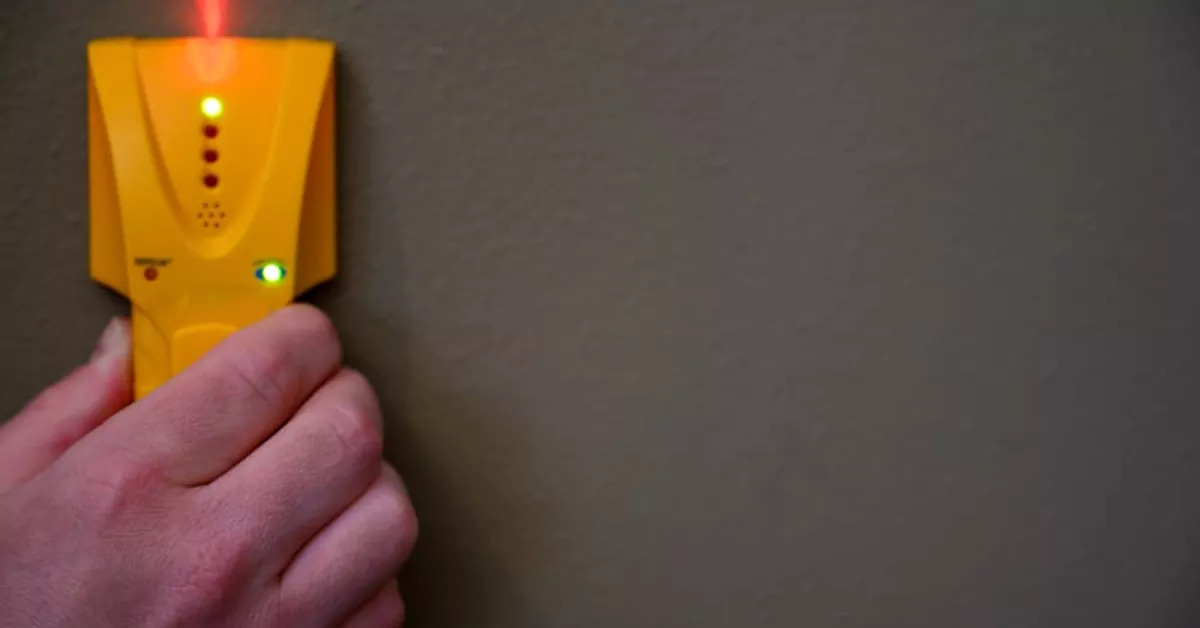

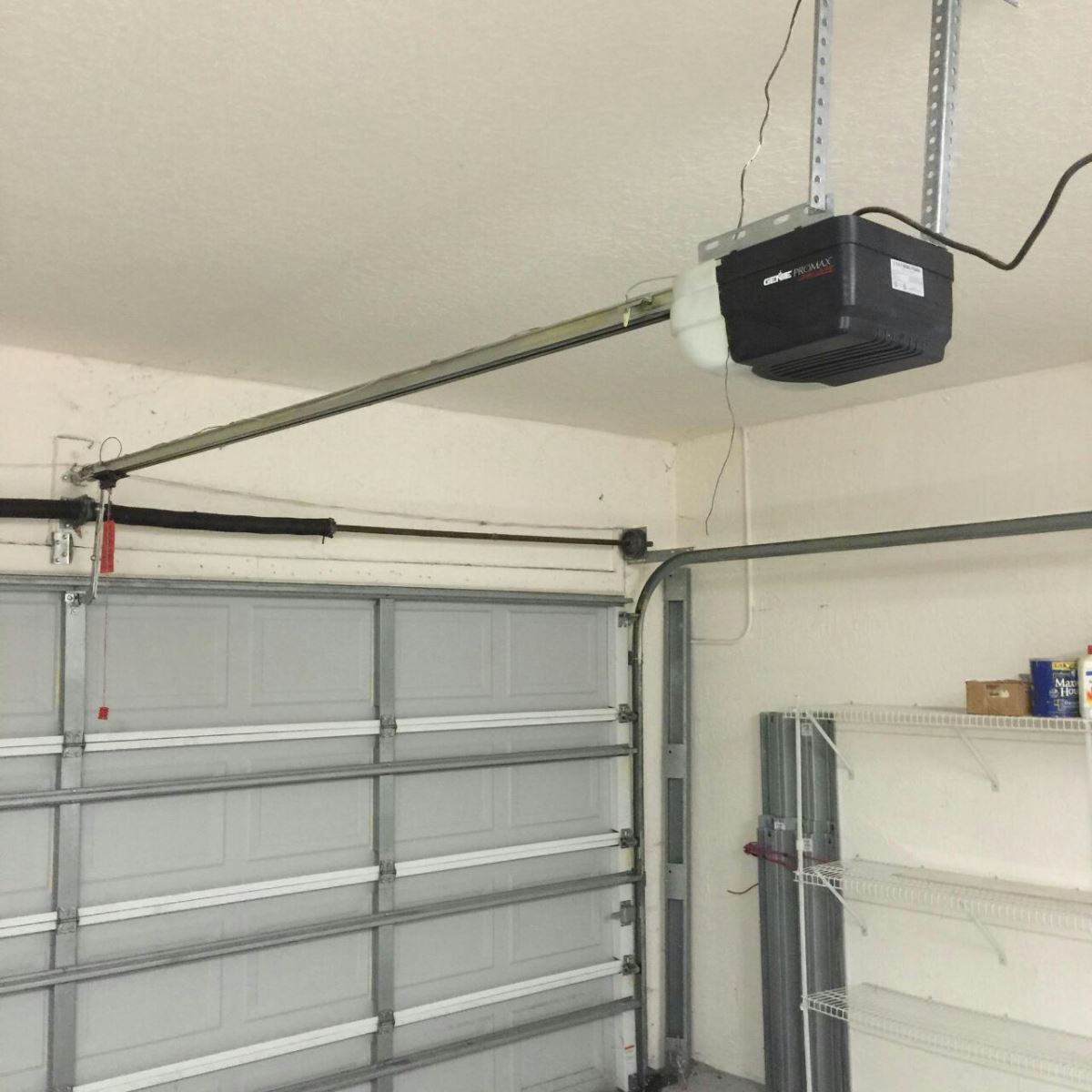
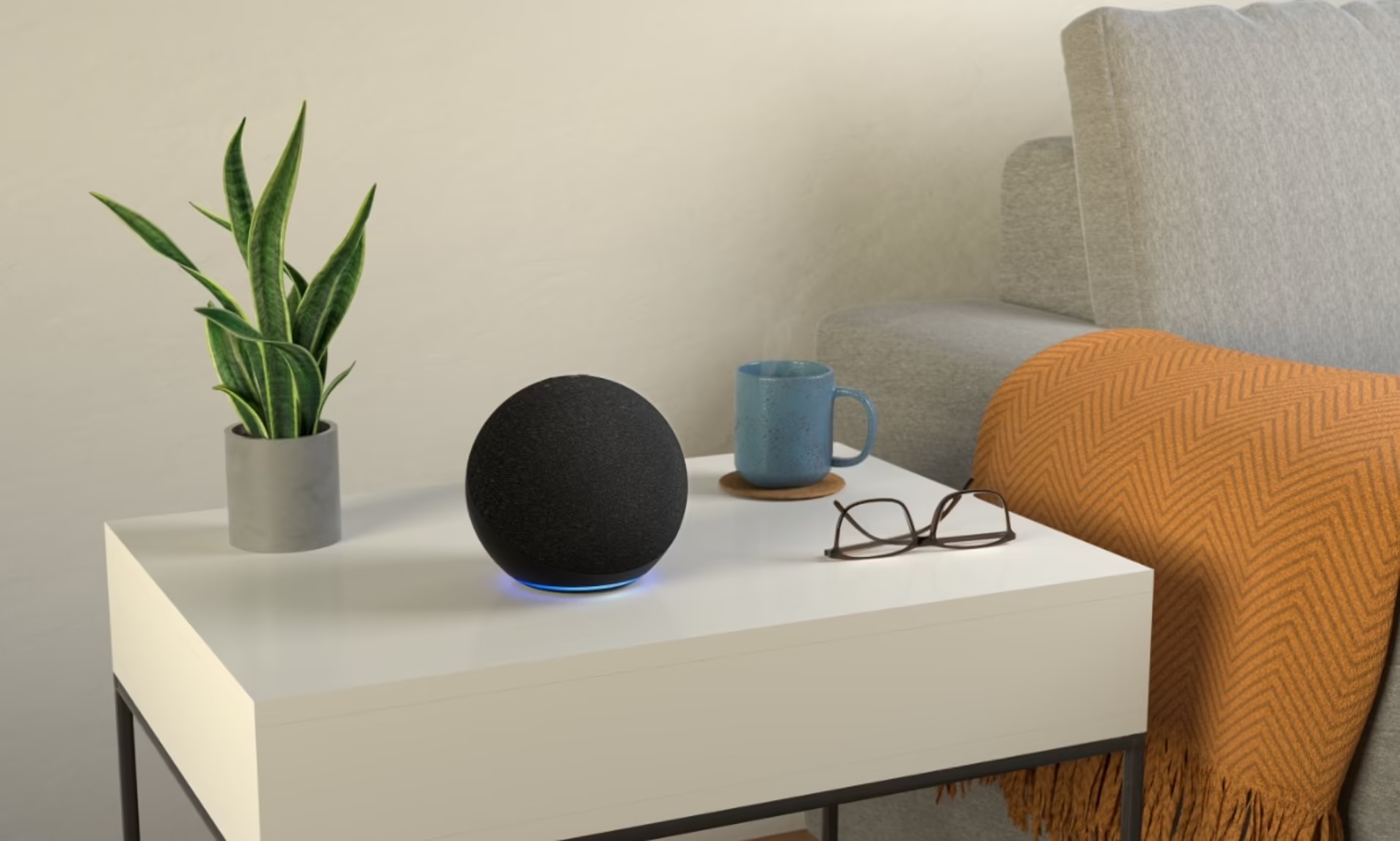
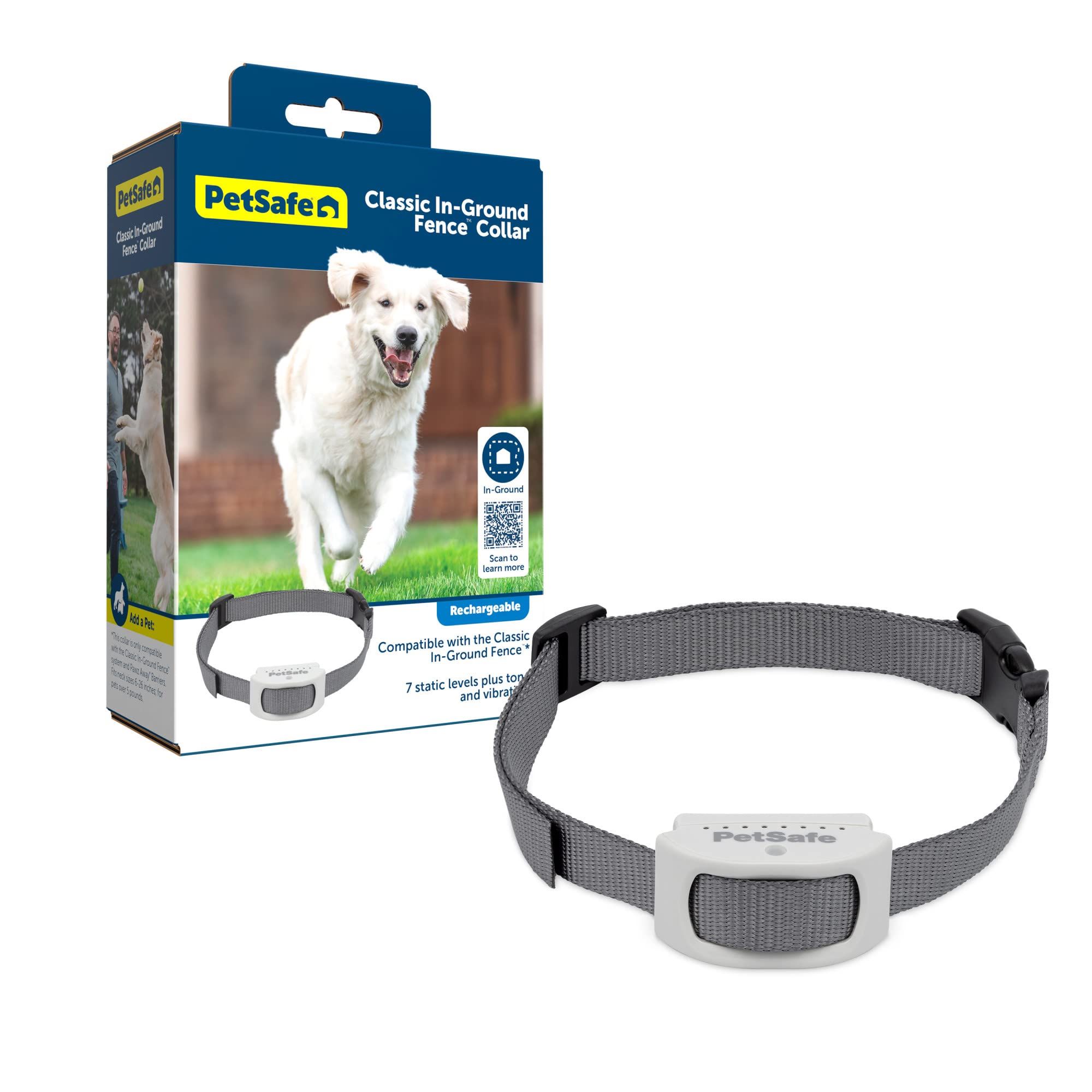

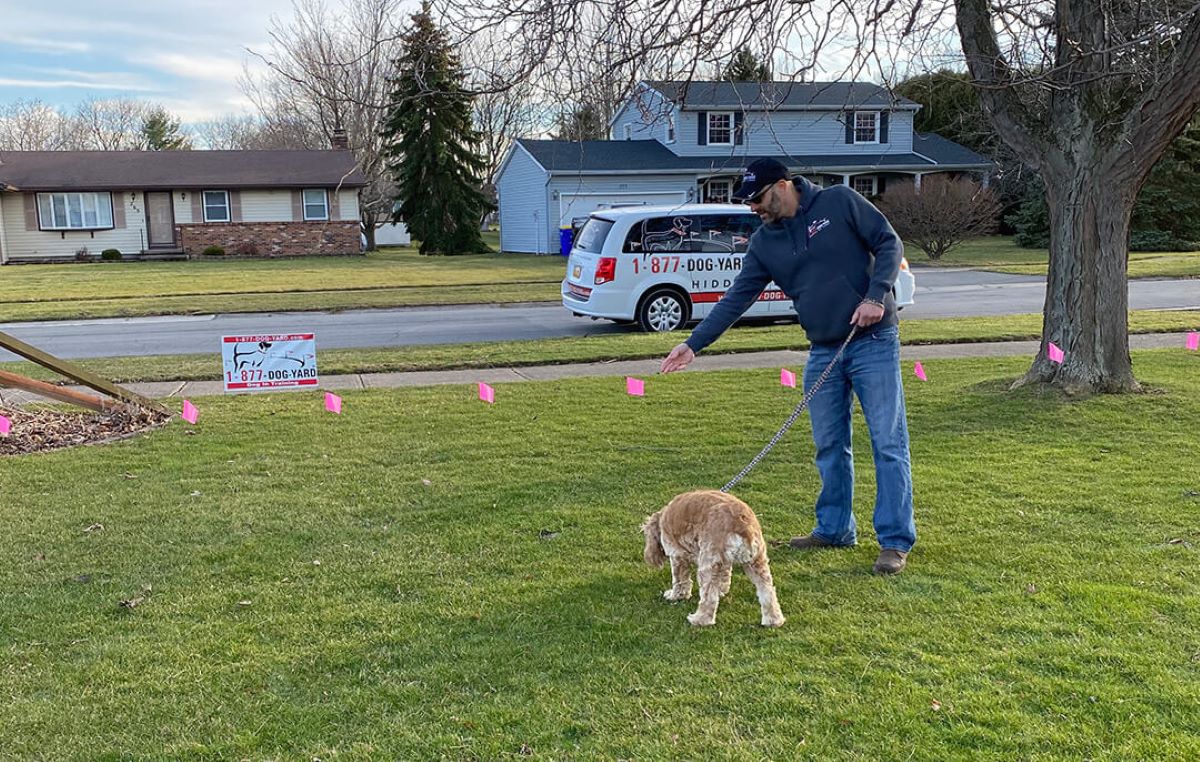



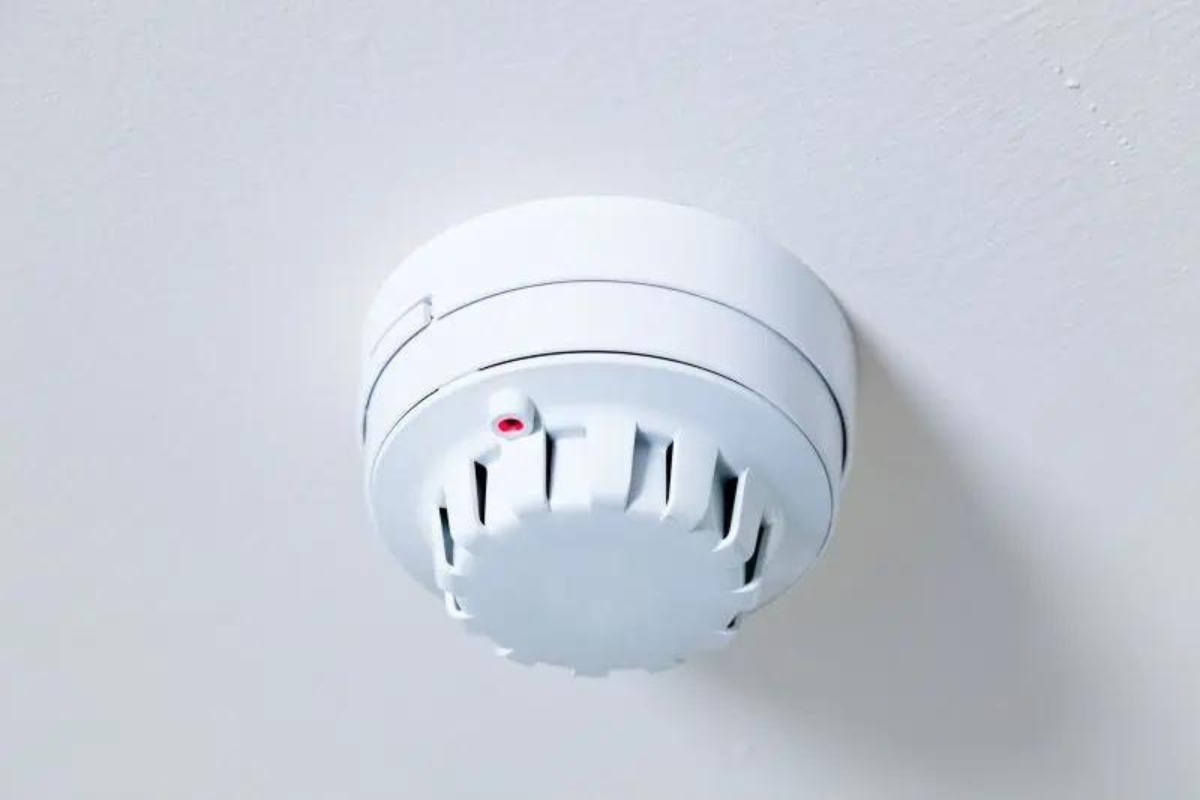

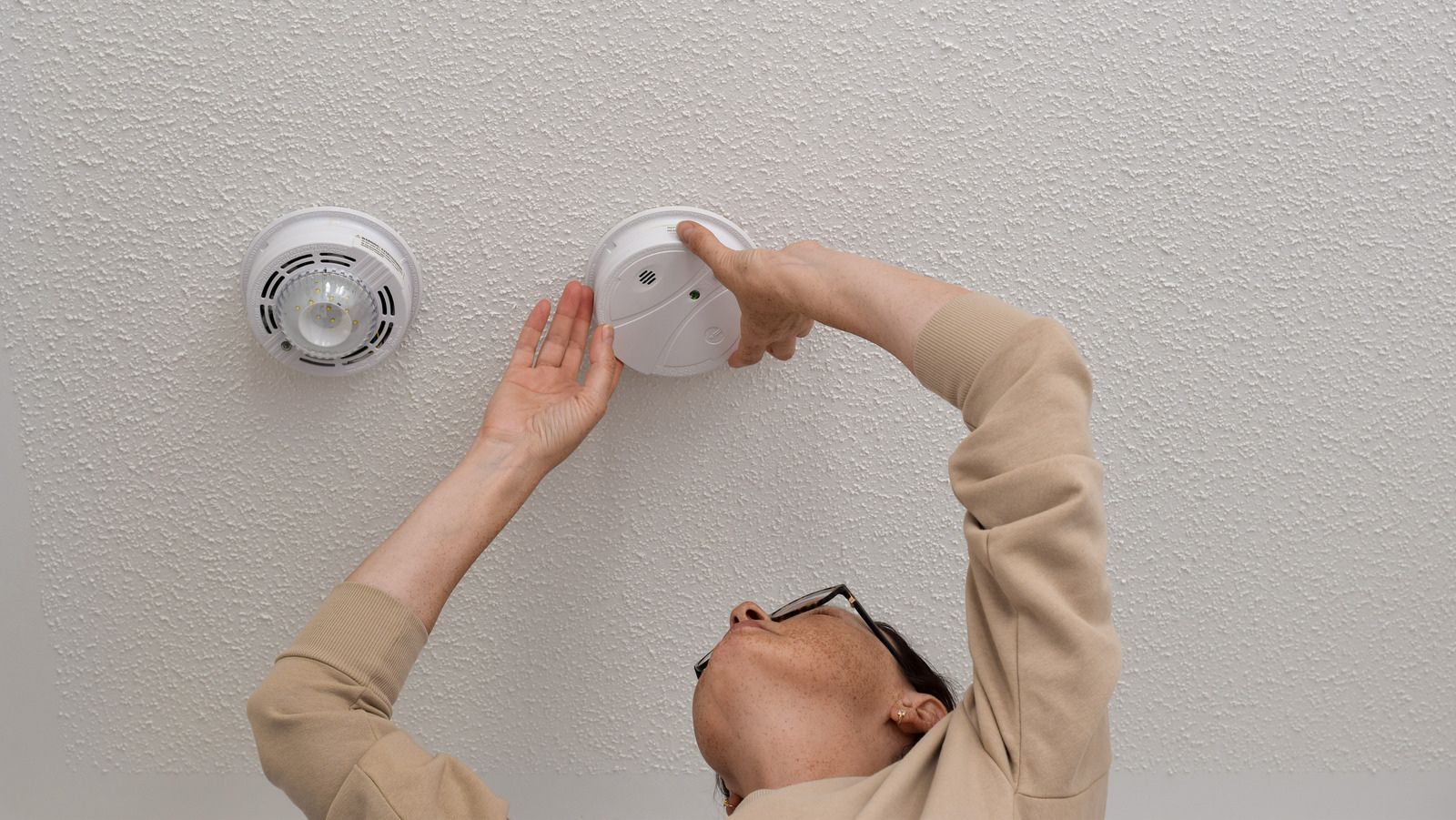

0 thoughts on “Why Is My Invisible Fence Beeping”